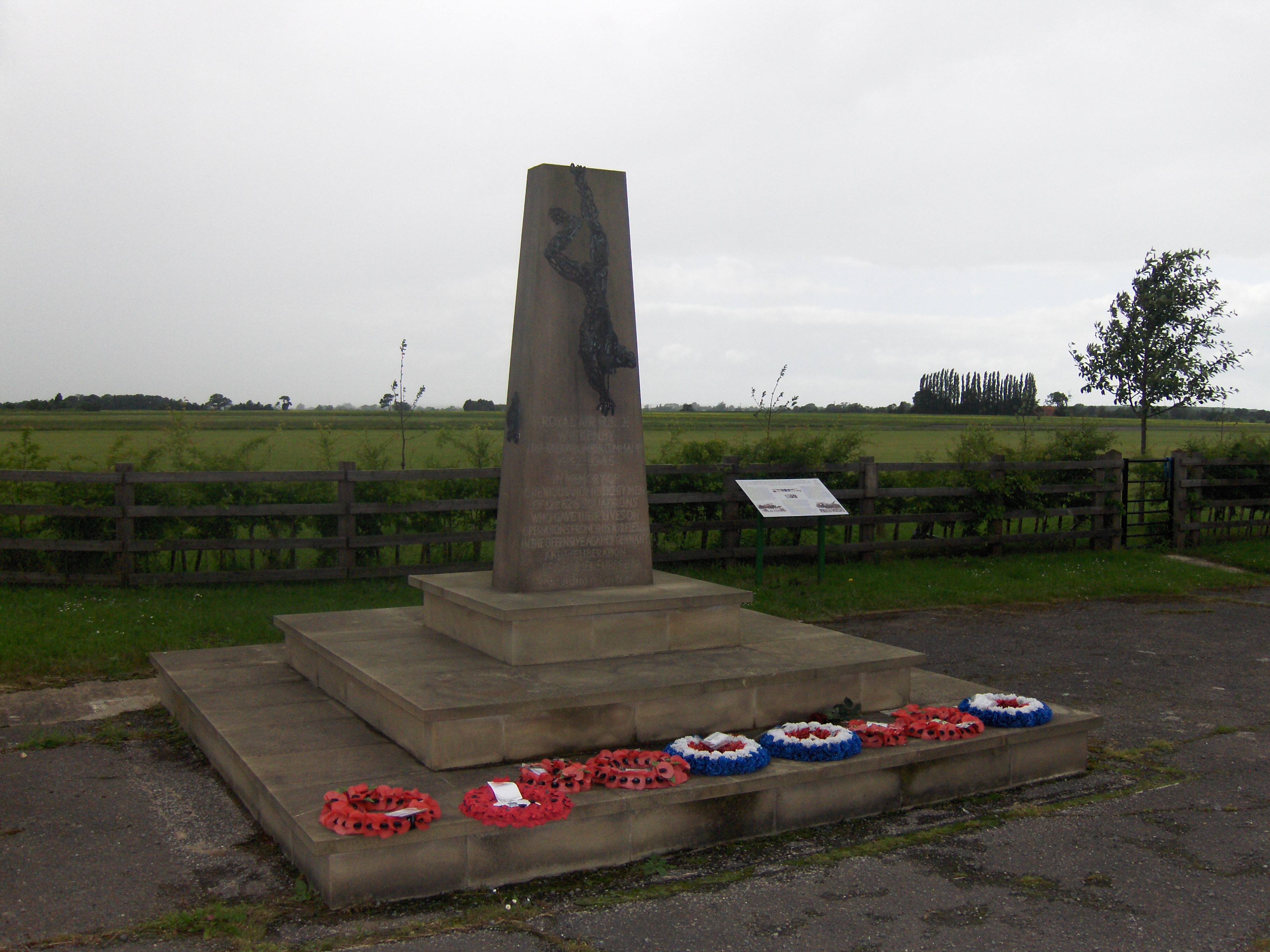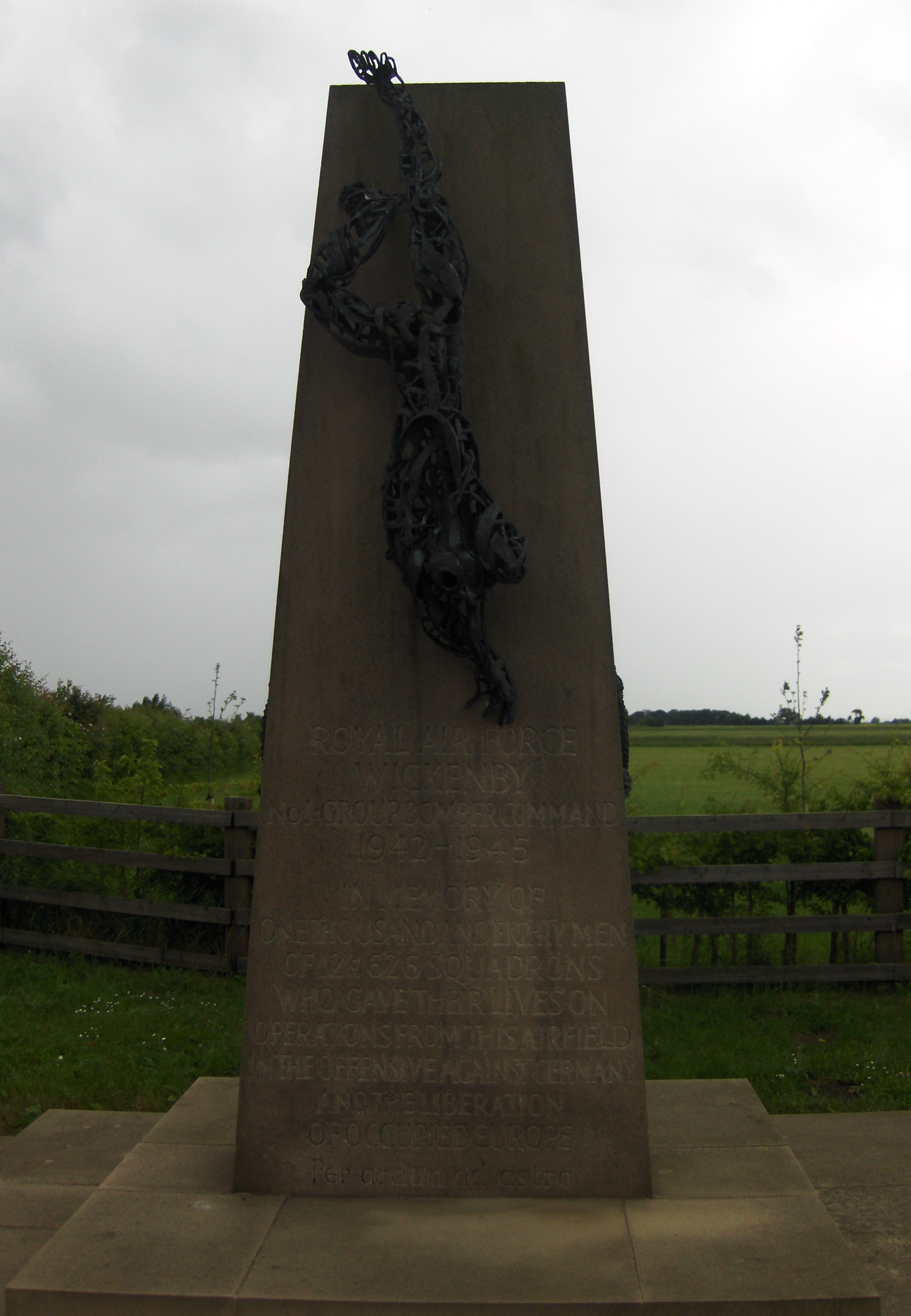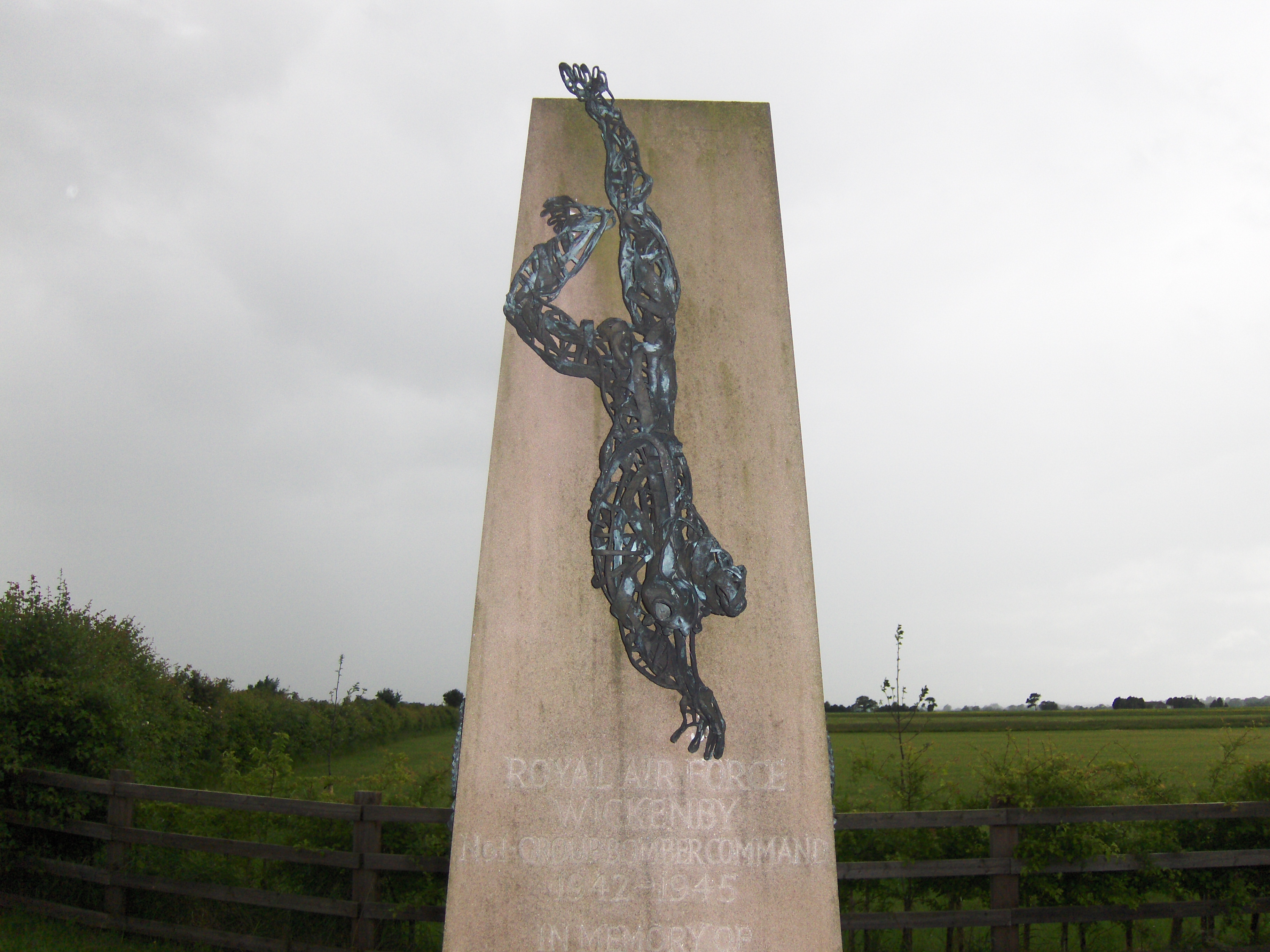Pocock, William Francis
Personal Information
| Rank | P/O |
| Forename(s) | William Francis |
| Surname | Pocock |
| Gender | M |
| Age | 20 |
| Date of Death | 01-07-1944 |
| Next of Kin | Son of Alfred Branwood Pocock and Mary Etta Pocock (née Wismer), of Windsor, Ontario, Canada. |
Aircraft Information
| Aircraft | Avro Lancaster I |
| Serial Number | ME774 |
| Markings | UM-L2 |
Memorial Information
| Burial/Memorial Country | United Kingdom |
| Burial/Memorial Place | Runnymede Memorial |
| Grave Reference | Panel 252. |
| Epitaph |
IBCC Memorial Information
| Phase | 1 |
| Panel Number | 85 |
Enlistment Information
| Service Number | J/86307 |
| Service | Royal Canadian Air Force |
| Group | 1 |
| Squadron | 626 |
| Squadron Motto | To strive and not to yeild |
| Trade | Pilot |
| Country of Origin | Canada |
Other Memorials
| Location | Main Entrance, Wickenby Airfield, Lincolnshire |
| Country | United Kingdom |
| Memorial Type | Inscribed Memorial Stone, Metal Scupture, Info Board |
| Memorial Text | This memorial commemorates the 1080 aircrew killed on operations with Nos (12B) and 626 squadrons whilst based at Royal Air Force Wickenby 1942-1945, the design and building of the memorial in 1981 was funded by subscription from members of the Wickenby R |
Miscellaneous Information
| William was born at Windsor, Essex, Ontario on 22 June 1924. His father, who was deceased by the time of William's enlistment, worked as a Salesman and was born at London, Ontario and his mother was born at Point Edward, Ontario. His father had died in 1928. He had a sister Ann Marie, and two brothers- LAC Joseph Aylward and half brother John Joseph, both in RCAF overseas. His brother Joseph became a Q.C. after the war. The schools he attended were: Holy Name, Windsor 1929-1937 (General), and Patterson Collegiate, Windsor 1937-1942 (Senior Matric). His sport interests were mainly tennis but also played football and baseball. His hobby was radios and photography. William spent three months in 1942, farming at the Ontario Farm Service Force in Leamington until he enlisted on 22 June 1942. |
| After training he embarked from Canada on 16 July 1943 and arrived in the U.K. at 3 PRC on 23 July. He was at 14 (P) AFU 14 September 1943, 28 OTU 18 January 1944 and 626 Squadron on 15 June 1944. Sadly William was to lose his life from here on 30 June 1944 at the age of just twenty years. |
Commonwealth War Graves Commission
The National Archives
| Record of Events (Operational Record Book) AIR 27/2145/16 |
| Summary of Events (Operational Record Book) AIR 27/2145/15 |
Fellow Servicemen
Please note that this list gives all the losses aboard the quoted aircraft and occasionally these may have occurred on an earlier date when the aircraft was not itself lost. Please check the dates of death carefully.
Last Operation Information
| Start Date | 30-06-1944 |
| End Date | 01-07-1944 |
| Takeoff Station | Wickenby |
| Day/Night Raid | Night (72% moon) |
| Operation | Vierzon |
| Reason for Loss | Lost without trace. |




